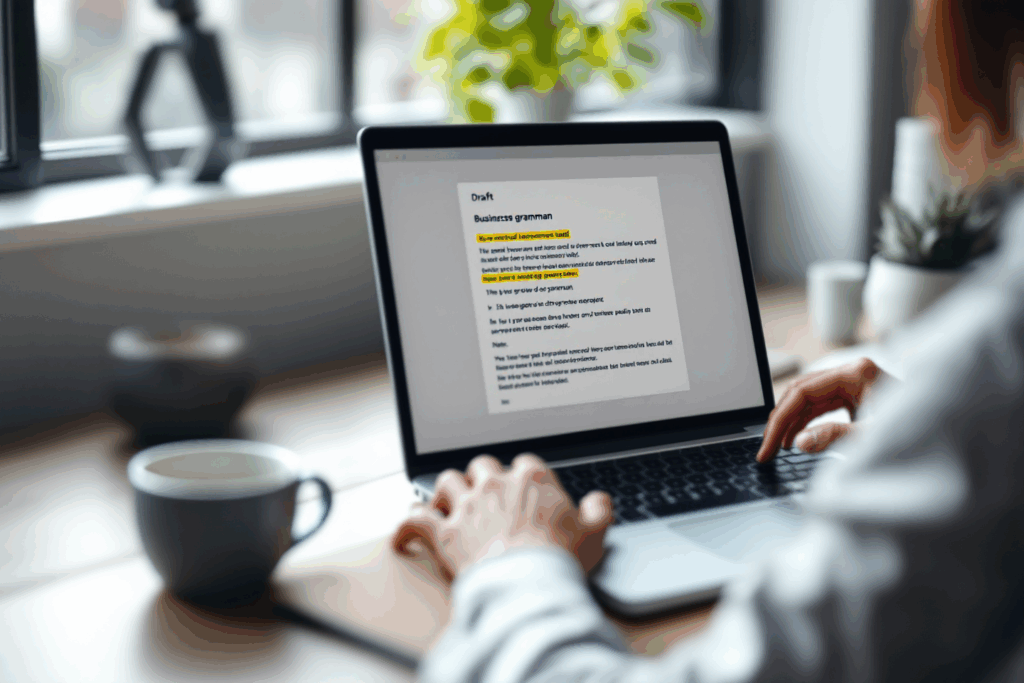
Present Simple Tense 1
English Blogs “Let’s Learn, Explore, and Connect to the World” Present Simple Tense 1 I. Introduction to the Present Simple Tense in English Mastering the


The Past Perfect Continuous Tense serves several important functions in English, offering a unique perspective on past actions and events. This section delves into the primary uses of this tense, providing clarity on when and how to apply it effectively. By understanding these functions, you can enhance your language skills and communicate complex ideas about the past with greater precision and nuance.
One of the primary uses of the Past Perfect Continuous is to highlight how long an action or situation was ongoing before another event or time in the past. This application often involves time expressions such as “for,” “since,” and “all day.”

Example: She had been studying for three hours before she finally took a break.
This example emphasizes the duration of studying before the break occurred, providing context and depth to the narrative.
The Past Perfect Continuous is often used to show a cause-and-effect relationship between an ongoing past action and a state or action at a later point in time. This use is particularly effective for explaining the reasons behind past conditions or states.

Example: They were tired because they had been traveling all night.
In this case, the traveling (ongoing action) is clearly identified as the cause of the tiredness (effect), helping the reader understand the connection between the two.
While the Past Perfect Tense focuses on completed actions, the Past Perfect Continuous can imply that an action was still in progress at a certain past moment, or that its effects were ongoing.

Example: He had been working on the same project for months, and it still wasn’t finished.
Here, the emphasis is on the ongoing nature and the lack of completion of the project, suggesting a sense of frustration or anticipation.
The Past Perfect Continuous can also describe two or more actions that were happening simultaneously in the past, especially when focusing on the duration or nature of these activities.

Example: While she had been writing the report, her colleague had been researching the data.
This sentence illustrates how both actions were taking place over the same period, providing a clear picture of the parallel efforts.
Though less common, the Past Perfect Continuous can indicate habitual actions or situations that were occurring up until a certain point in the past, often marked by adverbs such as “always” or “constantly.”

Example: He had been working late every night for weeks, which was unusual for him.
This usage highlights the habitual nature of working late up to a specific time, emphasizing the deviation from the norm.
Personal Narratives: When recounting personal histories or experiences, the Past Perfect Continuous adds depth by indicating the duration or ongoing nature of past actions, making the story more engaging and relatable.
Historical Accounts: In historical writing or discussions, this tense can effectively set the stage by describing actions leading up to significant events, providing crucial context for understanding the past.
Professional and Academic Reports: When analyzing events leading up to a current situation or result, the Past Perfect Continuous can provide clarity on the progression and duration of past actions, supporting evidence-based conclusions.
 By mastering these different applications of the Past Perfect Continuous Tense, you can add nuance and detail to your descriptions of past actions, particularly when emphasizing duration, cause and effect, and ongoing processes. This not only enhances your storytelling abilities but also improves the clarity and depth of your historical and analytical narratives. Embrace the power of this tense, and take your English language skills to new heights.
By mastering these different applications of the Past Perfect Continuous Tense, you can add nuance and detail to your descriptions of past actions, particularly when emphasizing duration, cause and effect, and ongoing processes. This not only enhances your storytelling abilities but also improves the clarity and depth of your historical and analytical narratives. Embrace the power of this tense, and take your English language skills to new heights.

English Blogs “Let’s Learn, Explore, and Connect to the World” Present Simple Tense 1 I. Introduction to the Present Simple Tense in English Mastering the

English Blogs “Let’s Learn, Explore, and Connect to the World” Present Simple Tense 2 II. Understanding the Present Simple Tense Definition and Structure At its
Explore the world confidently with ‘Travel English’ by Allison Kate, a comic-style guide full of essential conversations and tips for every traveler. Speak English with ease in airports, hotels, and more!



